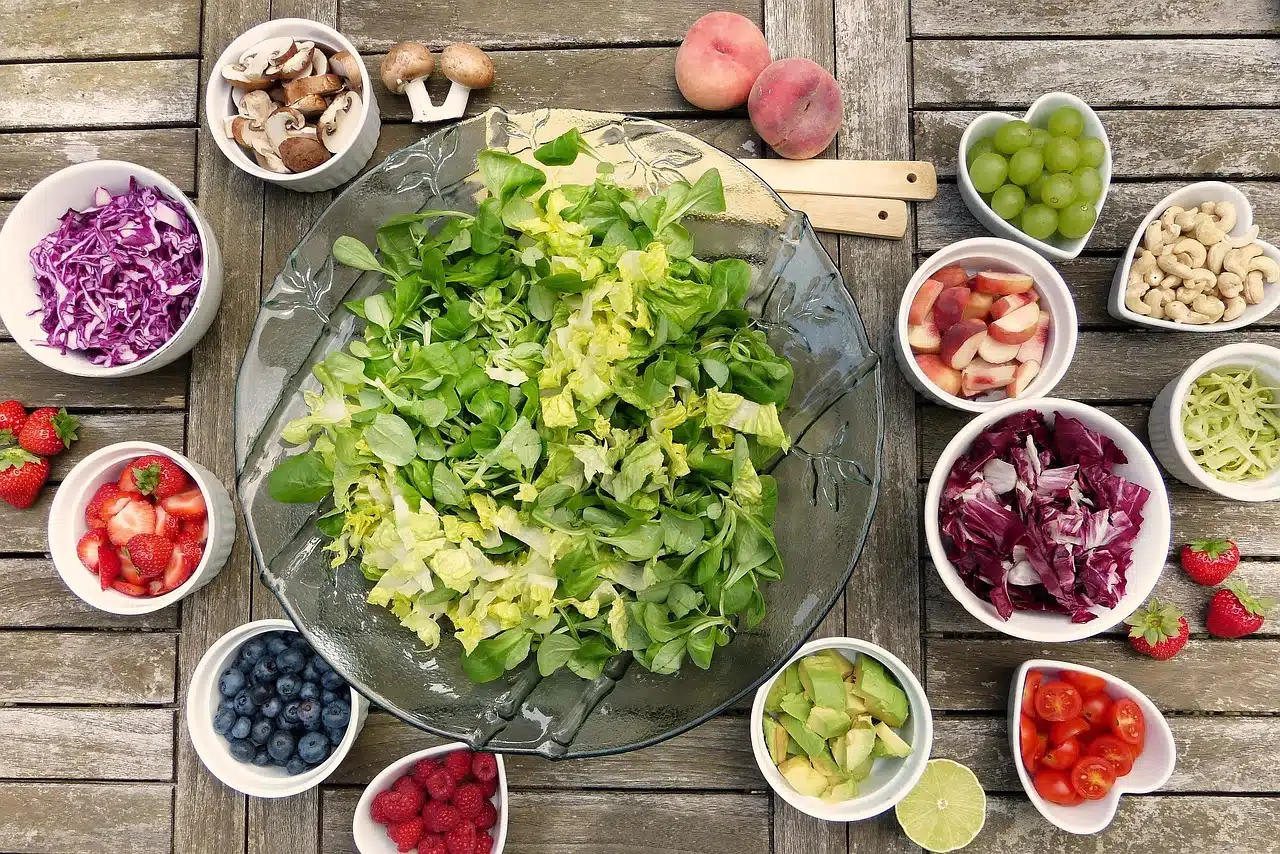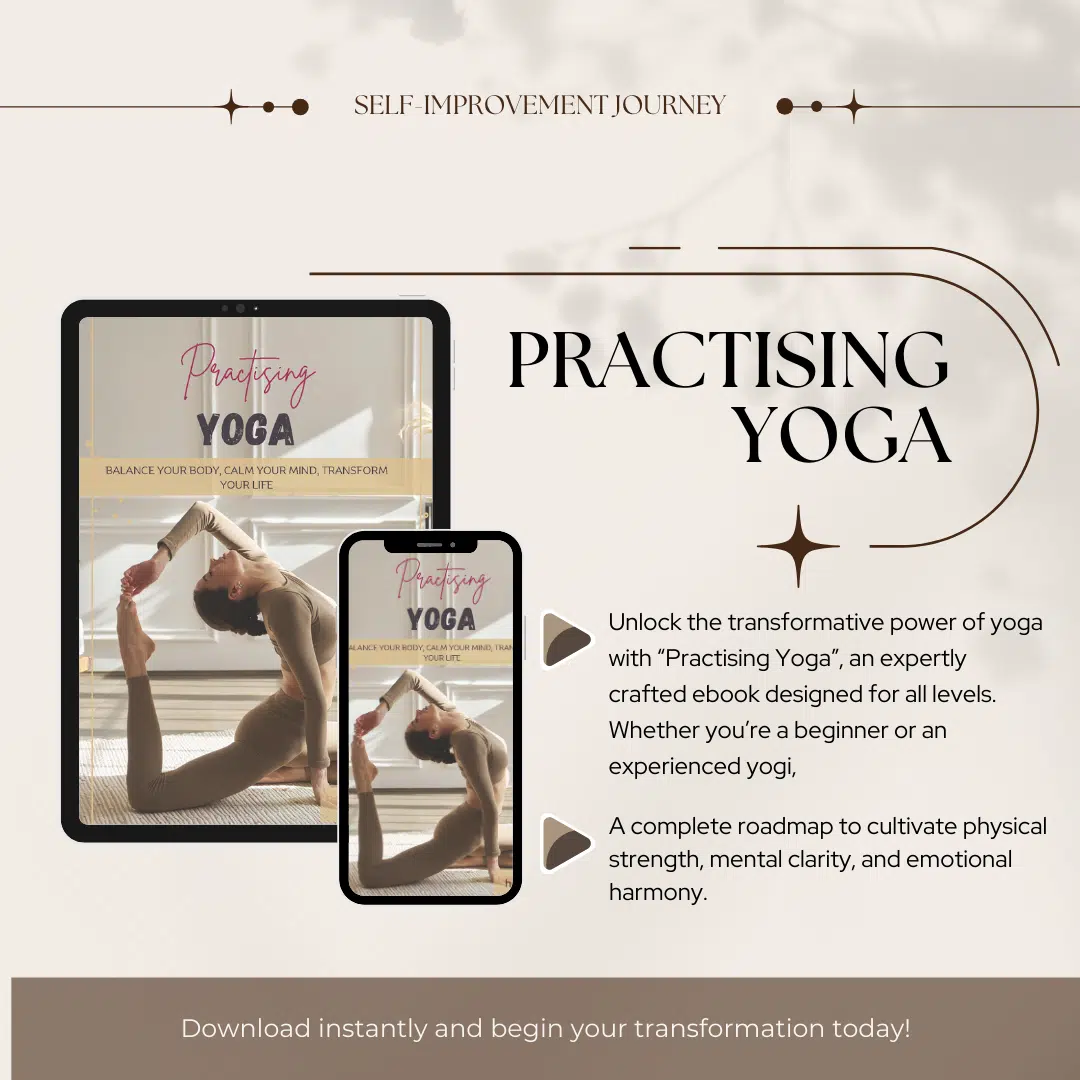- What is the Kcal: Demystifying Calorie Science
- How Many Calories A Day To Lose Weight
- Recommended Daily Calories Intake Chart
- Daily Calorie Intake Calculator
- Dividing Calories for Optimal Results
- Top Tips for Trimming Your Calorie Intake
- 1. Protein Power: Your Satiety Superhero
- 2. Portion Control: Manage What You Eat, Not What You Love
- 3. Go Fiber-Rich for Fewer Calories and Better Satiety
- 4. Swap Calorie-Dense Foods for Nutrient-Dense Alternatives
- 5. Ditch Sugary Drinks for Water
- 6. Exercise to Boost Metabolism and Retain Muscle
- 7. Snack Smart: Choose Low-Calorie, Nutrient-Rich Snacks
- 8. Plan Your Meals for Calorie Control
- 9. Mindful Eating: Tune Into Your Body’s Hunger Signals
- 10. Cut Back on Added Sugars for a Calorie Reduction
- Why Going Green Shrinks Your Belly (and Calorie Count)
- Finally, Make an Agreement With Your Calorie Intake
Confused by Daily Calorie Intake Counting? Unsure how much to eat for weight loss based on your age? cuts through the confusion with a clear guide on “How Many Calories Should I Eat A Day By Age”. This essential information empowers you to make informed dietary choices, influencing your weight management journey and overall well-being. Let’s unlock the door to a healthier, happier you!
By demystifying this seemingly complex relationship, you can transform from a lost traveler in the weight loss wilderness into a confident voyager, charting a course toward a brighter, empowered future.
This journey, however, begins with knowledge. With the understanding of how calories impact your unique body, you can confidently navigate the supermarket aisles, decipher food labels with aplomb, and craft meal plans that nourish your body and delight your soul. You’ll discover the joy of mindful eating, of honoring your hunger cues and satiety signals, and of building a healthy relationship with food that transcends calorie counting and embraces intuitive self-care.
What is the Kcal: Demystifying Calorie Science
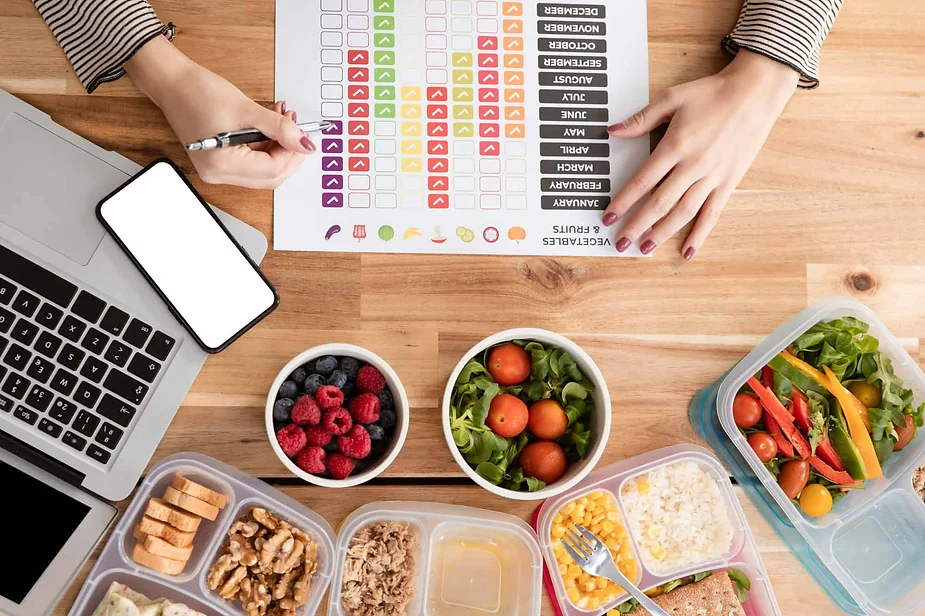
In today’s wellness-focused world, understanding calorie science has become a trending mantra for optimizing health and performance. But what exactly are these enigmatic units of energy, and how do they impact your journey towards a better you?
What is a calorie? Imagine calories as tiny coins fueling your internal machinery. From powering your morning jog to fueling your brainpower, each calorie you consume contributes to the body’s grand symphony of functions.
Measured in kilocalories (kcal) or calories per kilogram-meter (Cal/Kg-m), your daily calorie intake needs are a dance between your unique age, gender, and activity level. Food labels offer this information in kilojoules (kJ) and kilocalories (kcal), with one kJ equaling one calorie and one kcal equaling four calories.
But here’s the plot twist: not all calories are created equal. Some high-fat, high-sodium, or sugar-laden options offer short bursts of energy. In contrast, others, like low-fat, high-fiber champions, offer sustained fuel and a wealth of nutritional benefits. Mastering this distinction empowers you to make smarter grocery aisle choices and snack selections.
How Many Calories A Day To Lose Weight
The calories to lose weight recommended by the guidelines vary based on several factors. Your hormones, some prescription drugs, your health, gender, height, weight, age, and activity level. It all influences how many calories your body needs to use for energy.
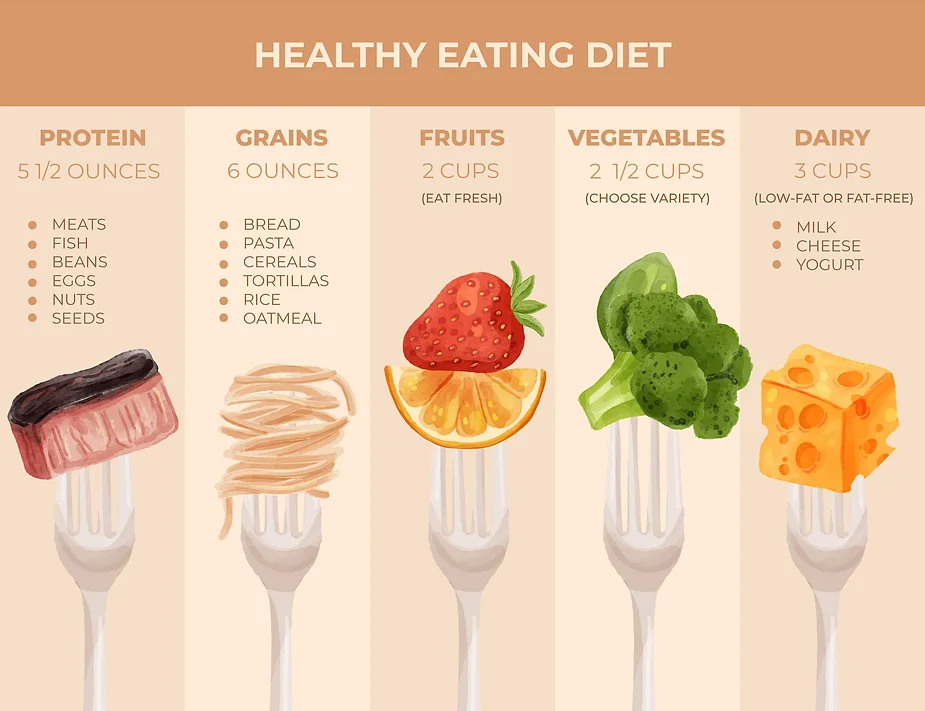
The “calories in, calories out” equation might seem straightforward, but figuring out your ideal daily intake can feel overwhelming, especially with so many conflicting claims. Is 1,200 calories the magic number for weight loss? Can you really eat whatever you want when trying to gain? Or is there a better way to maintain your current weight without obsessing over numbers? It’s time to ditch the diet confusion and find your personalized calorie balance.
There’s no one-size-fits-all answer. Your daily calorie needs are influenced by factors like age, gender, activity level, and even genetics. What works for one person might not work for another. Some people may need to consume fewer calories to lose weight effectively, while others need more tailored diet plans to maintain their current weight and keep energy levels steady.
Experts suggest gradual reductions in calorie intake rather than extreme cuts, as these are more sustainable and less likely to result in nutritional deficiencies or metabolic slowdowns. A safe starting point for weight loss might be a 10-15% reduction, which translates to around 200-300 fewer calories if you’re on a 2,000-calorie diet. This strategy ensures a steady, healthy weight loss without the risk of the dreaded yo-yo dieting effect.
But remember, weight management isn’t just about the numbers. Quality matters. Prioritizing whole, unprocessed foods rich in nutrients, fiber, and healthy fats keeps you feeling fuller for longer while reducing cravings for sugary, calorie-dense options. This “eat smart, not less” approach fosters a sustainable relationship with food and supports long-term health.
Whether you’re aiming for weight loss, muscle gain, or simply optimal health, unveiling your personalized calorie “Goldilocks zone” is key. This means listening to your body’s hunger and satiety cues, embracing intuitive eating, and making informed choices that fuel your unique need to count calories.
Recommended Daily Calories Intake Chart
| Gender | Age | Sedentary | Moderately Active | Moderately Active |
|---|---|---|---|---|
| Female | 4-8 19-30 51+ | 1,200 1,800 1,600 | 1,400-1,600 2,000-2,200 1,800 | 1,600-1,800 2,200-2400 2,000 |
| Male | 4-8 19-30 51+ | 1,400 2,200 2,000 | 1,600-1,800 2,400-2,600 2,200-2,400 | 1,800-2,000 2,600-2,800 2,400-2,600 |
Source: Dietary Guidelines for Americans 2025, Department of Health and Human Services
Sedentary: Light physical activity in typical day-to-day life.
Moderately active: moderate activity like brisk walking about 1.5 to 3 miles per day, in addition to a sedentary lifestyle.
Active: Physical activity like brisk walking more than 3 miles per day.
Daily Calorie Intake Calculator
Daily Calorie Intake Calculator is your one-stop solution for how to calculate calorie deficit. Just fill up your details to know how many daily calorie intake in a day will suffice for you in achieving your weight loss goal.
Dividing Calories for Optimal Results
Balance is key when managing your calorie intake. While some may thrive on an even distribution of meals throughout the day, others find success with a lighter breakfast and a more substantial lunch. The primary goal is to fuel your body strategically and hit your target of around 2,000 calories with nutrient-dense choices.
For sustainable weight loss, aiming for a gradual deficit of 500-1,000 calories per day is effective, helping you shed about one to two pounds per week. However, before making any significant changes to your diet, it’s crucial to consult a registered dietitian or healthcare professional for personalized advice tailored to your needs. Understanding the number of calories your body requires can make all the difference in achieving long-term results.
Breakfast
Starting your day with a protein- and fiber-rich breakfast boosts your metabolism and keeps you feeling full until lunchtime. Think eggs, avocado toast, or Greek yogurt with berries.
Lunch
Make lunch your anchor. Opt for balanced meals with whole grains, lean protein, and vegetables. Salads with grilled chicken or a lentil soup with whole-wheat bread are excellent options.
Dinner
Keep it light and delicious. Roasted vegetables, grilled fish, or a lentil stew with a side salad are perfect for a satisfying and nutritious end to your day.
Remember, snacks are your allies, not enemies. Choose healthy options like fruits, nuts, or yogurt to avoid hunger pangs and keep your metabolism humming.
Exercise adds another layer to the calorie equation. Burning more through activity means you might need to adjust your overall intake to maintain your deficit. This is where mindful calorie management comes in. Track your meals and activities to find the sweet spot that fuels your body for optimal results.
By mastering the art of mealtime calorie division, you’ll unlock a sustainable path to weight management and overall well-being. So, ditch the rigid rules and embrace flexible, personalized strategies that nourish your body and empower your health journey.
Top Tips for Trimming Your Calorie Intake
If you’re tired of restrictive diets and complicated meal plans, these calorie-cutting tactics will help you consume fewer calories without sacrificing enjoyment or nutrition. Let’s dive into simple, effective strategies to achieve sustainable weight management.
1. Protein Power: Your Satiety Superhero
Protein is essential for muscle repair and growth, but it also helps you feel fuller for longer. A diet higher in protein can curb hunger and reduce overall calorie intake. High-protein snacks like eggs, Greek yogurt, and nuts are easy, satisfying options. Studies show increasing your protein intake can help you naturally consume fewer calories throughout the day.
2. Portion Control: Manage What You Eat, Not What You Love
One of the easiest ways to reduce calorie intake is by managing portions. Use smaller plates or pre-portion meals to avoid mindless overeating. Research shows that people who reduce their portion sizes typically cut 200-300 calories per meal, which can lead to significant weight loss over time.
3. Go Fiber-Rich for Fewer Calories and Better Satiety
Fiber not only supports digestion but also helps you feel full with fewer calories. Incorporating high-fiber foods like vegetables, legumes, and whole grains into your meals promotes long-term satiety. For instance, swapping refined carbs for fiber-rich alternatives can save 150-200 calories per meal while keeping hunger at bay.
4. Swap Calorie-Dense Foods for Nutrient-Dense Alternatives
One of the easiest ways to reduce your caloric intake is by replacing calorie-dense ingredients with nutrient-dense options. Instead of using sour cream, opt for plain Greek yogurt in recipes. Swap fried foods for baked or grilled alternatives. These small changes can help reduce your calorie intake by 100-200 calories per meal without sacrificing flavor.
5. Ditch Sugary Drinks for Water
Sugary drinks are calorie-packed but offer little nutrition. Replacing soda, juice, and sugary lattes with water can significantly reduce your daily calorie intake. A 12-ounce can of soda contains around 150 calories, while a large coffee drink can have as many as 400. Water keeps you hydrated and helps control hunger—making it the perfect low-calorie beverage.
6. Exercise to Boost Metabolism and Retain Muscle
Exercise isn’t just about burning calories; it’s about boosting your metabolism and preventing muscle loss during calorie restriction. Strength training exercises like squats, pushups, and lifting weights enhance muscle mass and help you burn more calories at rest. A mix of cardio and resistance training can burn 300-500 calories per workout, depending on intensity.
7. Snack Smart: Choose Low-Calorie, Nutrient-Rich Snacks
If you’re prone to snacking, make sure your choices are low in calories but high in nutrients. Swap high-calorie snacks like chips and cookies for cucumber slices, air-popped popcorn, or almonds. Low-calorie snacks can help control hunger and prevent overeating during meals.
8. Plan Your Meals for Calorie Control
Meal planning is an effective way to control calorie intake. Whether you’re eating out or preparing meals at home, planning helps prevent impulsive, high-calorie food choices. Sticking to a meal plan allows you to maintain consistency, keeping your calorie intake within your desired range.
9. Mindful Eating: Tune Into Your Body’s Hunger Signals
Mindful eating is a powerful way to reduce calorie intake without restrictive dieting. By paying attention to hunger cues and savoring each bite, you naturally consume fewer calories. Research shows that people who practice mindful eating are more likely to maintain their current weight or achieve gradual weight loss. Intermittent Fasting, a variation of mindful eating, can be tried to curb your extra fats with strategic fitness planning.
10. Cut Back on Added Sugars for a Calorie Reduction
Added sugars sneak into everyday foods like cereals, sauces, and drinks, inflating your calorie intake without you realizing it. Reducing sugar in coffee, tea, and other meals can save 100-200 calories per day. Opt for natural sweeteners or simply reduce the amount of sugar you use.d!
Why Going Green Shrinks Your Belly (and Calorie Count)
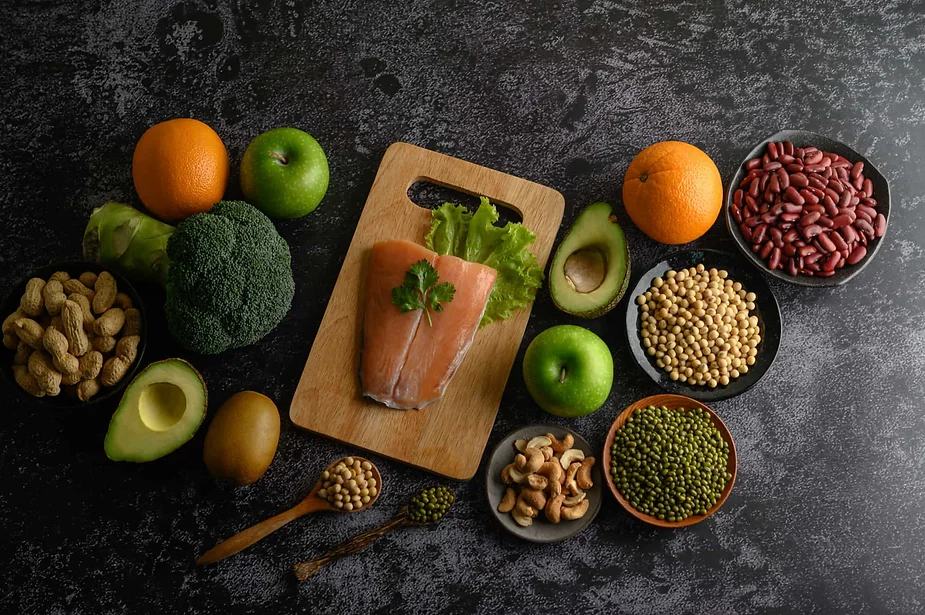
Dieting dilemmas are gone! A groundbreaking study published in Nature Medicine reveals a clear winner in the weight-loss ring: low-fat, plant-based diets. Research shows that embracing veggie-forward living not only sheds unwanted pounds but also shrinks your daily calorie intake effortlessly.
For many adults, maintaining a balanced diet means consuming around 2000 calories per day, but individual needs may vary depending on factors like activity level and metabolism. Imagine packing away 700 fewer average calories per day without feeling a rumbling in your tummy. Sounds like a fantasy, right? Wrong! That’s precisely what 20 brave participants experienced when they swapped their usual fare for a low-fat, plant-based feast. Compared to a low-carb, high-fat animal-based diet, the green revolution slashed calorie consumption without leaving them hungry or unsatisfied.
But the magic doesn’t stop there. This plant-powered approach led to significant reductions in body fat, while the low-carb crew just shed overall weight. So, if you’re aiming for a double whammy – trimming waistlines and calorie counts – ditch the meat and embrace the vibrant world of fruits, vegetables, and whole grains.
What’s the secret sauce behind this leafy success? Experts believe it’s a synergy of factors:
Fiber Fiesta: Plant-based foods are bursting with fiber, a magical nutrient that keeps you feeling fuller for longer, naturally curbing your appetite and reducing those pesky cravings.
Nutrient Oasis: These verdant champions are packed with essential vitamins, minerals, and antioxidants, ensuring your body thrives while you trim down.
Calorie Countdown: Fruits, vegetables, and whole grains naturally tend to be lower in calories than meat and processed foods, making it easier to stay within your daily goals without feeling deprived.
Finally, Make an Agreement With Your Calorie Intake
Forget calorie wars and restrictive regimes! The key to lasting weight management lies not in battling your plate, but in striking a mindful, sustainable agreement with your daily calorie intake. Yes, creating a calorie deficit is crucial for shedding pounds, but it doesn’t have to involve deprivation or misery.
Let’s shift the narrative. Calories aren’t the enemy; they’re the fuel that powers your vibrant life. Depriving yourself of this fuel can leave you feeling lethargic, shaky, and yearning for quick fixes. Instead, embrace a personalized approach that balances your health goals with the joy of eating.
Stop Guessing! How Many Calories Should I Eat A Day? Start Thriving! Unlock your personalized calorie zone & fuel your journey to optimal health & well-being.

